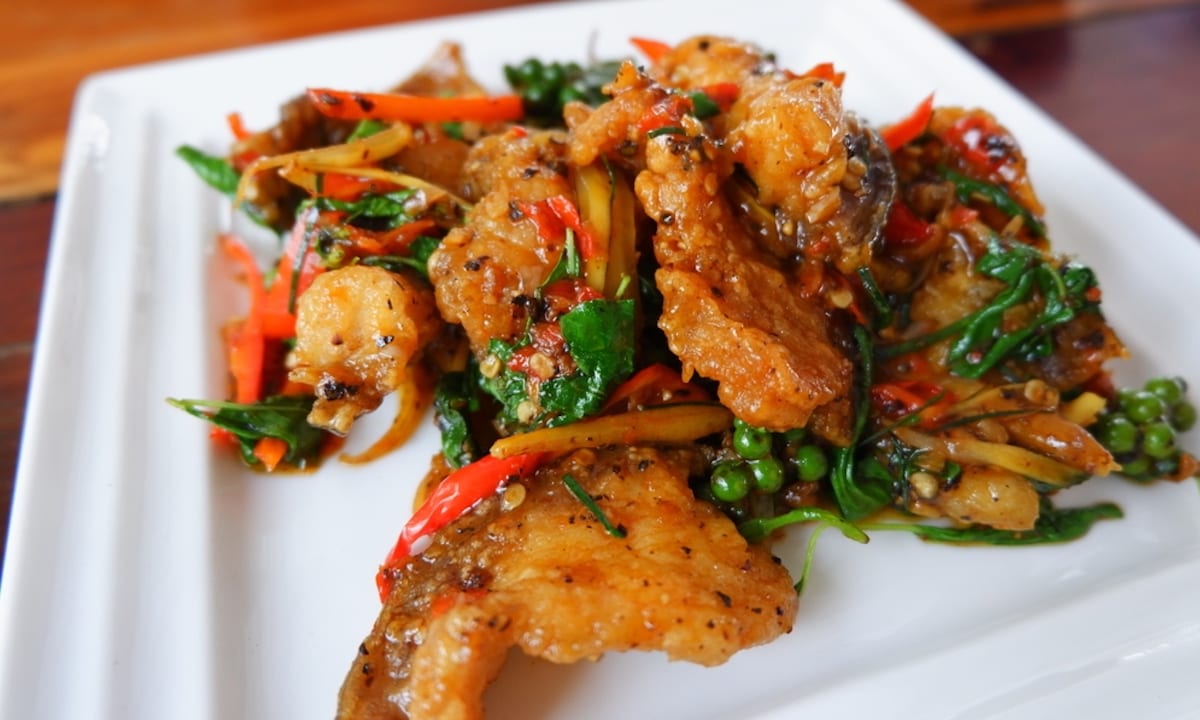Online Marketplace Quicklly Brings South Asian Cuisines To Wider Audience

Filling the void left by these major companies, culturally specific food delivery services have the opportunity to establish a following and occupy a much-desired niche in the marketplace. Quicklly, for one, fulfills several of these desires at once, delivering fresh groceries, meal kits and restaurant meals from South Asian food sellers within a 20+ mile radius. Quicklly’s digital marketplace is currently available in Chicago, the San Francisco Bay Area and — as of its most recent expansion — the New York-New Jersey metropolitan area. In addition to offering a cuisine underrepresented by industry giants, the company also makes delivery available to businesses that may previously have been kept out of the fold.
“We have personally faced these issues,” Co-founder Hanish Pahwa told PYMNTS in an interview. “…We come from a family of food and grocery entrepreneurs, and we first started this business to help give our parents a digital presence, because they were competing with Amazons and Flipkarts … So our intent now, and the marketplace that exists right now, is more for these smaller stores.”
As Co-founder Keval Raj added: “At the end of the day, the goal is for the community, by the community.”
Creating A Food Marketplace For South Asian Businesses
Quicklly’s offerings are comprehensive. Between cooked meals, meal kits, fresh groceries, meat from butcher shops and even catering options, the marketplace provides just about any kind of food consumers may want. Plus, the company announced on Wednesday (April 7) the launch of its own ready-to-cook meal kits and sauces created in partnership with meal kit subscription service The Cumin Club and meal kit and sauce company Seeti.
“We are trying to build a community here, for groceries, food, everything, and sellers are a big part of that community,” explained Raj, adding that Quicklly makes it easier for these businesses — both financially and logistically — to get onto the platform.
The service began with just groceries. However, Quicklly soon noticed consumer demand for pre-cooked meals as well. With the delivery infrastructure already set up to fulfill orders much further-reaching than those of leading meal delivery services, the company noted the opportunity to bring foods from cities’ Little India areas to a wider population.
“We managed to provide them with 25 miles of coverage,” said Raj. “…And that’s where we started getting these demands, and … it was really efficient for us, because that’s actually our hub for groceries, [restaurant meals], everything in one place. So, in terms of optimizing deliveries, it worked out perfectly for us.”
Making The Economics Work For Small Businesses
Previously, it was difficult for mom-and-pop South Asian food sellers to find their place in the online marketplace. “The problem was that they were not online, and if they were online, then they were paying a heavy fee,” Raj explained.
In addition to helping these sellers get online, Quicklly charges a lower fee than competitors. The founders would not disclose how they manage to make this lower fee work — Raj called it a “trade secret.” However, Pahwa did offer a rough overview of the economics of the model.
“There is a small fee … and it’s almost 50 to 60 percent lower than what they pay [to other companies],” he said. “…And we take a smaller fee from our customers, which is basically 99 cents, and we ensure that they get same-day, free delivery if the order is above $30.”
He added that different models include a 90-minute delivery option, delivery via UPS and other methods. “The fee that we are incorporating right now within our retail structure accommodates the costs that we are incorporating, and some of our teams are living in India, so our cost is not very high,” Pahwa noted.
Growing Through The Pandemic
The events of the last 13 months have accelerated the adoption of Quicklly’s online marketplace, both on the consumers’ side and on the sellers’ side. “Uber entering into grocery is actually a good thing,” said Pahwa, “because the customers we were tapping into are getting used to the Amazon experiences or the Uber experiences, so it’s not difficult for us to now tap into that market.”
“From a seller’s perspective, the change we have seen is that many of them are traditional businesses … family-based businesses,” added Raj, noting that this accounted for 50-60 percent of sellers, who were slow to accept the digital marketplace. The pandemic has shown many of these sellers the necessity of eCommerce, which has grown Quicklly’s seller metrics “exponentially,” in Raj’s summation.
Even as newly vaccinated consumers return to restaurants for in-person, on-site experiences, Quicklly will likely continue to experience a boost from the pandemic and its resultant impact on consumer habits. PYMNTS’ data indicates that many consumers have grown used to both eGrocery and restaurant delivery, with these habits expected to carry forward into the future.
“We are here on a mission to ensure that … we become an offering for our small business owners, so they can leverage us and grow with us,” Pahwa added. “…We want to make sure that we are a kind of a service that [adheres to] the mission of growing with our community and our small business owners.”